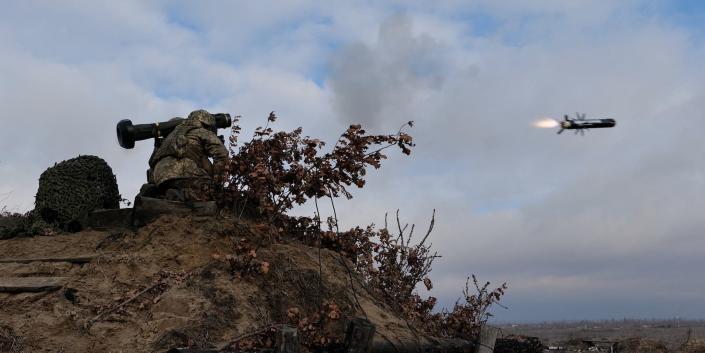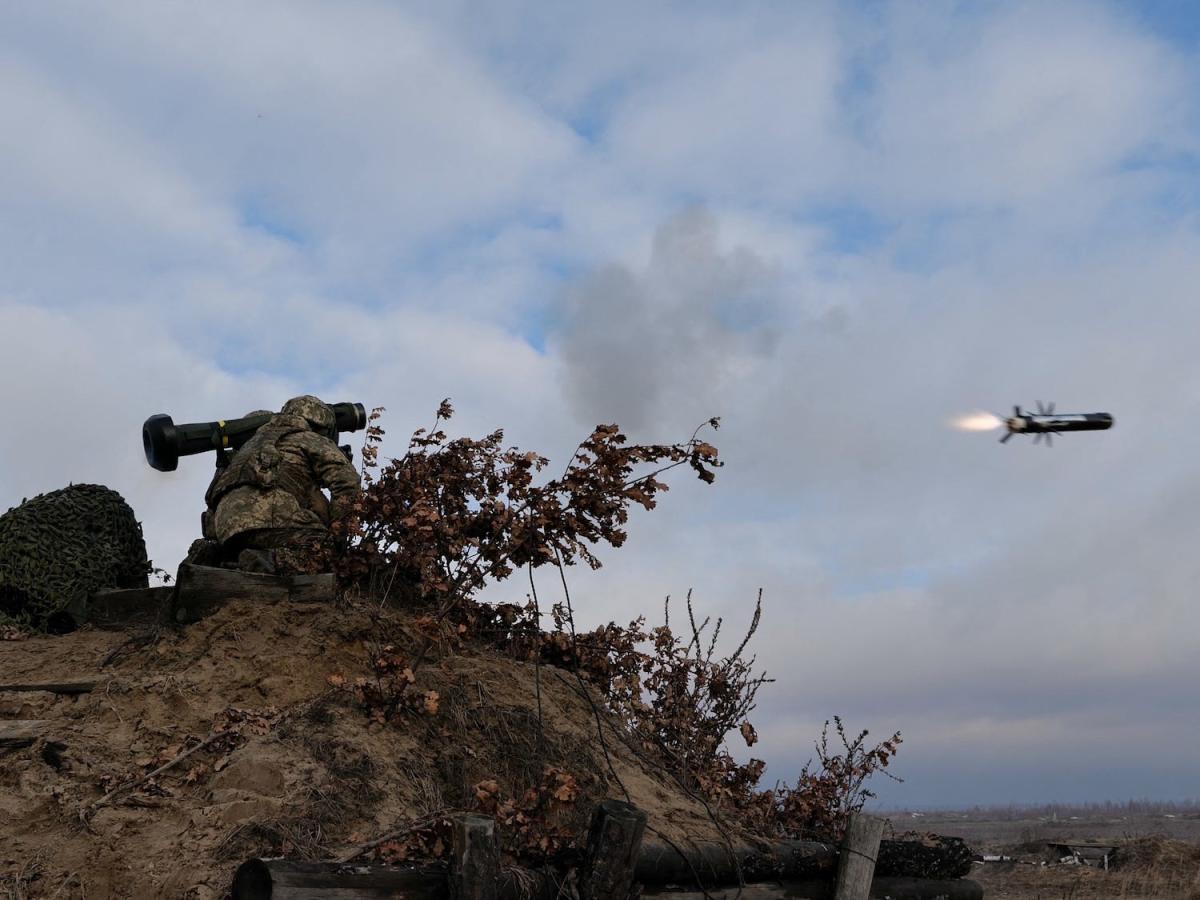
-
The Biden administration proposed a record $842 billion budget for the DOD this month.
-
Stockpiles of missiles and ammunition dwindle as the US continues to send aid packages to Ukraine.
-
Since post-Cold War production capacity has changed, the US has lost its ability to keep up with wartime demands.
The United States’ commitment to support Ukraine against the Russian invasion appears to have disrupted the stability of the domestic supply of missiles and ammunition.
The Biden administration has promised — as part of $33 billion in military aid to the beleaguered country — that a U.S. Patriot air defense system will be sent to Ukraine, along with more than 200,000 artillery, rocket-propelled and tank shells. .
To fulfill those promises, The New York Times reported that the US has sent Ukraine so many stockpiled Stinger missiles that it would take 13 years of production at recent capacity levels to replace them. The Times added that Raytheon, the company that helps make Javeline missile systems, said it would take five years from last year’s production to replace the number of missiles sent to Ukraine in the past 10 months.
Currently, the U.S. produces just over 14,000 155mm rounds each month — and Ukrainian troops have fired that many rounds in the space of 48 hours before, The Washington Post reported last month. US officials in January proposed an increase in production to 90,000 rounds of 155mm ammunition per month to meet demand.
“Ammunition availability may be the single most important factor determining the course of the war in 2023,” US defense experts Michael Kofman and Rob Lee wrote for the Foreign Policy Research Institute in December, adding that Ukraine will be dependent on international supplies and production for access to the ammunition it needs.
The United States has rarely seen production shortages in munitions and missiles to the extent the country is currently facing. While there was a brief shortage of precision missiles in 2016 after fighting in Libya and Iraq, The Times reported, the US has largely been involved in short-term, high-intensity combat, such as the Persian Gulf War, or long-term, lower-intensity missions. such as the war in Afghanistan, which allowed the stock to be rebuilt if necessary.
As tensions between the global superpowers mount, production and ammunition constraints in the US—caused by supply chain shortages and Cold War capability reductions—have become a major concern among defense professionals.
“This could become a crisis. With the front line largely at a standstill, artillery has become the main fighting arm,” said a report from The Center for Strategic and International Studies. “Ukraine will never run out of 155mm ammunition – some will always flow in – but artillery units may have to ration shells and only fire at targets with the highest priority. This would have an adverse battlefield effect. The more limited the ammunition supply , the more severe the effect.”
Earlier this month, the Biden administration proposed a record $842 billion budget for the Department of Defense. In an effort to address the ammunition shortage, the proposed budget includes $19.2 billion to modernize facilities “supporting readiness improvements,” as well as increasing production of naval and anti-attack missiles, with the goal of supporting the country and its allies through this “decisive decade.”
While improvements to manufacturing facilities are budgeted for the future, the US is currently pushing suppliers to capacity to meet Ukraine’s current wartime demand and keep pace with Chinese production.
“When it comes to munitions, make no mistake,” Deputy Defense Secretary Kathleen Hicks said at a briefing earlier this month on the 2024 budget proposal: “We are buying to the limits of the industrial base, even as we expand those limits , and we continue to cut through red tape and accelerate timelines.”
Defense Department representatives did not immediately respond to Insider’s request for comment.
Read the original article on Business Insider

